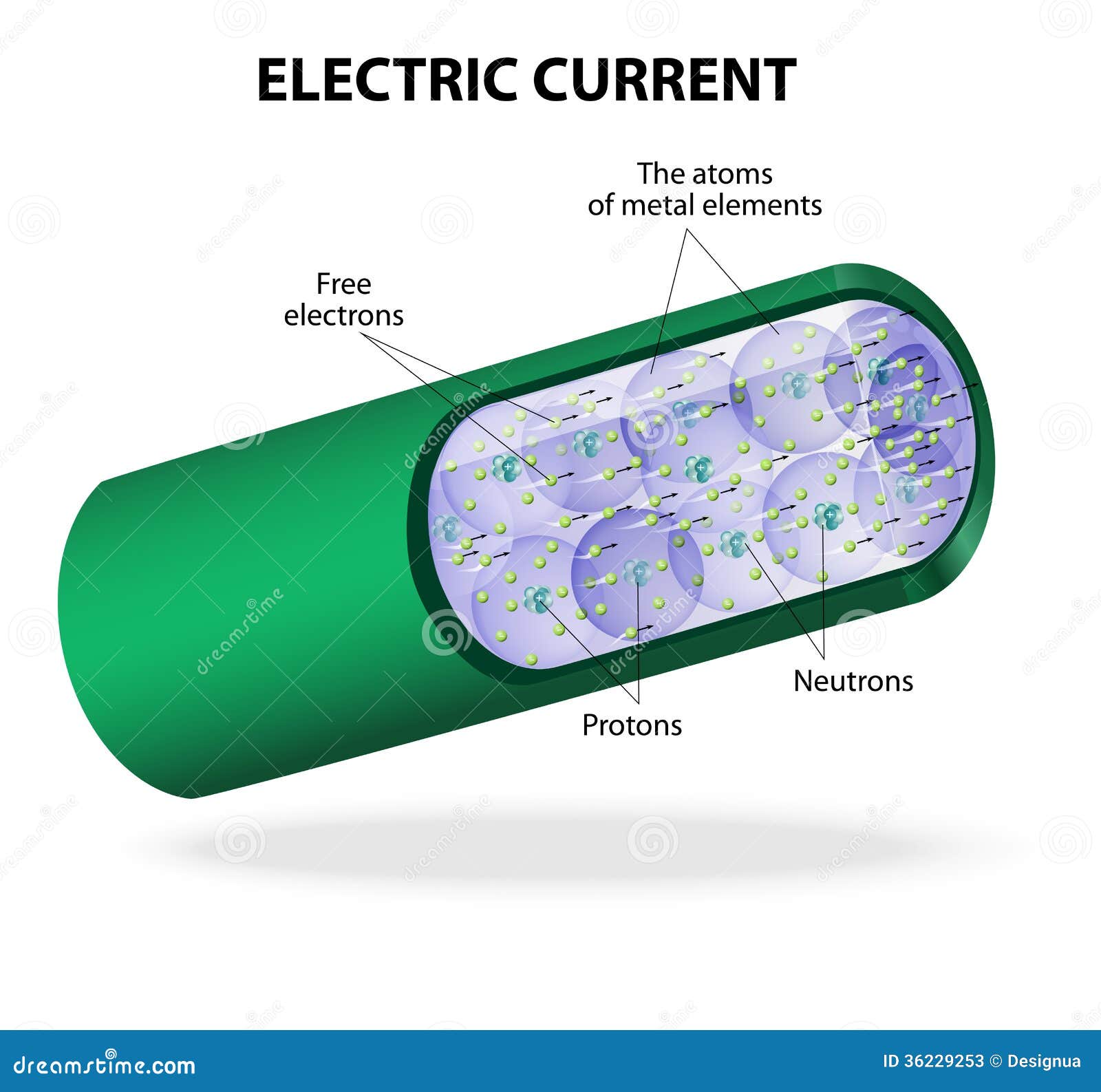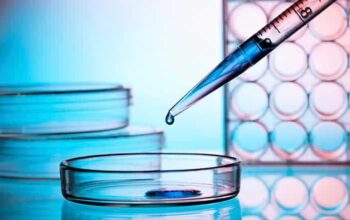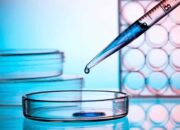The phenomenon of microbial electricity production has garnered significant attention in the fields of microbiology and bioelectrochemistry. Microorganisms, particularly bacteria, are capable of generating and transferring electrons under specific conditions, facilitating the formation of microbial circuits. These circuits are not only pivotal for understanding bacterial metabolism but also present immense potential for biotechnological applications, such as bioenergy production, bioremediation, and biosensing. This discourse delves into the mechanisms underlying electron transfer in microbial communities, elucidating key concepts, types of bacteria involved, and their prospective applications.
At the core of microbial electric current generation lies the unique metabolic pathways employed by specific bacterial species. Anabolism and catabolism are fundamental processes through which bacteria acquire energy and biomass. The study of electrogenic bacteria reveals a sophisticated interplay of extracellular electron transfer (EET) mechanisms. EET can be classified into two principal categories: direct and indirect pathways. Direct electron transfer typically involves the transfer of electrons through conductive appendages known as nanowires, while indirect transfer occurs through soluble redox mediators.
Electrogenic microbes, including Geobacter sulfurreducens and Shewanella oneidensis, serve as prime examples of organisms that engage in EET. These bacteria possess specialized structures or secretion systems designed to optimize electron transfer. Nanowires, which are protein-based structures, allow for the direct conduction of electrons across distances that would otherwise impede electron flow. The presence of these structures underscores the evolutionary adaptations that microorganisms have developed to thrive in electron-deficient environments, such as sediments or subsurface soils.
Extracellular electron transfer not only assists in energy conservation for bacterial growth but also facilitates the biogeochemical cycling of metals and other elements. Metal reduction, a process carried out by Geobacter and Shewanella species, has broad implications in environmental contexts. For instance, the reduction of iron and manganese oxides plays a crucial role in mineral weathering and nutrient availability. These biochemical processes, coupled with electron flow, depict a complex yet elegant network that nurtures microbial ecosystems, sustaining life in otherwise inhospitable conditions.
Interestingly, the production of electrical energy through microbial fuel cells (MFCs) exemplifies a practical application of these electron transfer mechanisms. In MFCs, microbial communities are harnessed to convert chemical energy from organic substrates into electrical energy. Bacteria serve as biocatalysts, oxidizing substrates and facilitating electron transfer to an anode, thereby generating a measurable current. The efficiency of electricity generation directly correlates to the metabolic characteristics of the involved microorganisms, the design of the MFC, and the nature of the substrates provided.
The applicability of microbial circuits extends beyond energy production; these biological systems can also be engineered for bioremediation purposes. Bacteria capable of degrading environmental pollutants such as heavy metals and organic contaminants often leverage EET to facilitate detoxification processes. By coupling microbial catabolic pathways with electron transfer mechanisms, these bacteria can enhance the breakdown of hazardous compounds. This integrative approach is particularly promising for in-situ bioremediation strategies in contaminated environments, promoting ecosystem restoration along with energy recovery.
Moreover, microbial circuits are increasingly being explored for biosensing applications. Certain bacteria exhibit changes in their electrical activity in response to specific environmental stimuli, including the presence of toxins or nutrient variations. By integrating microbial systems with electronic components, researchers are developing biosensors that can detect pollutants or pathogens in real-time. The precision and specificity of microbial biosensors offer advantages over traditional methods, promising enhanced monitoring capabilities for environmental and clinical applications.
While the potential of microbial circuits is vast, several challenges must be addressed to optimize their deployment. The stability and viability of microbial communities in engineered systems can be impacted by various factors such as pH, temperature, and substrate availability. Additionally, the intricate interactions among microbial species can affect overall electron transfer efficiency. Advances in synthetic biology, genetic engineering, and metabolic engineering are thus imperative for improving the performance and resilience of these microbial circuits.
As research progresses, the amalgamation of various scientific disciplines such as microbiology, nanotechnology, and materials science is expected to propel the development of innovative microbial applications. Enhanced understanding of microbial electron transfer mechanisms can lead to breakthroughs in energy production technologies, sustainable environmental management methods, and health monitoring systems. The intricate dynamics of bacterial electron transport shine a light on the remarkable capabilities of life at the microbial level, redefining conventional perceptions of energy generation and bioremediation.
In conclusion, the exploration of electron flow within microbial circuits unveils a rich tapestry of interactions that sustain life and offer numerous applications. As scientific inquiry continues to unravel the complexities of microbial metabolism and electron transfer, the prospect for engineering robust, efficient, and environmentally friendly systems becomes increasingly feasible. The quest for sustainable solutions to modern challenges may well find its answers in the intricate world of microbial electricity.










